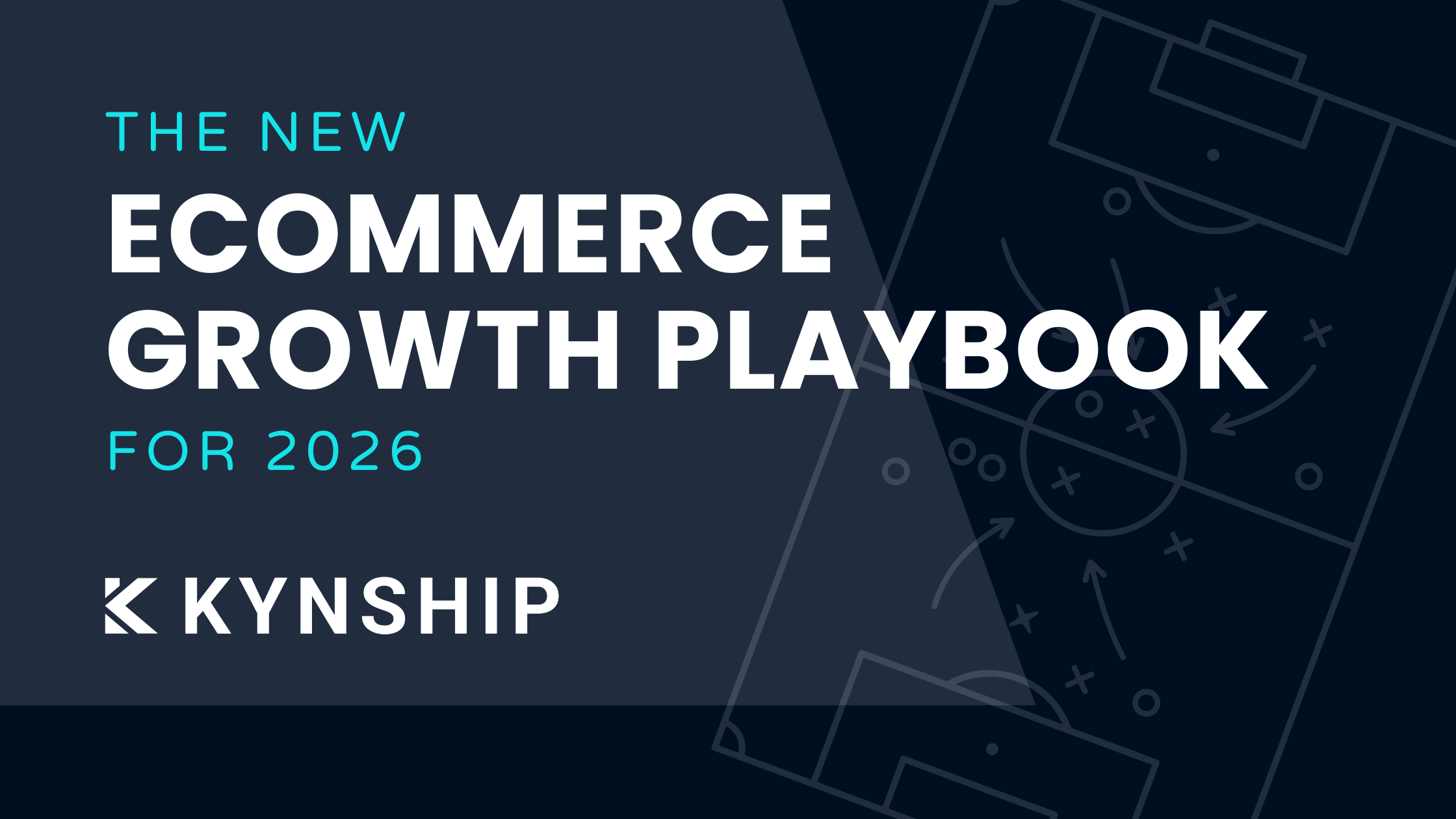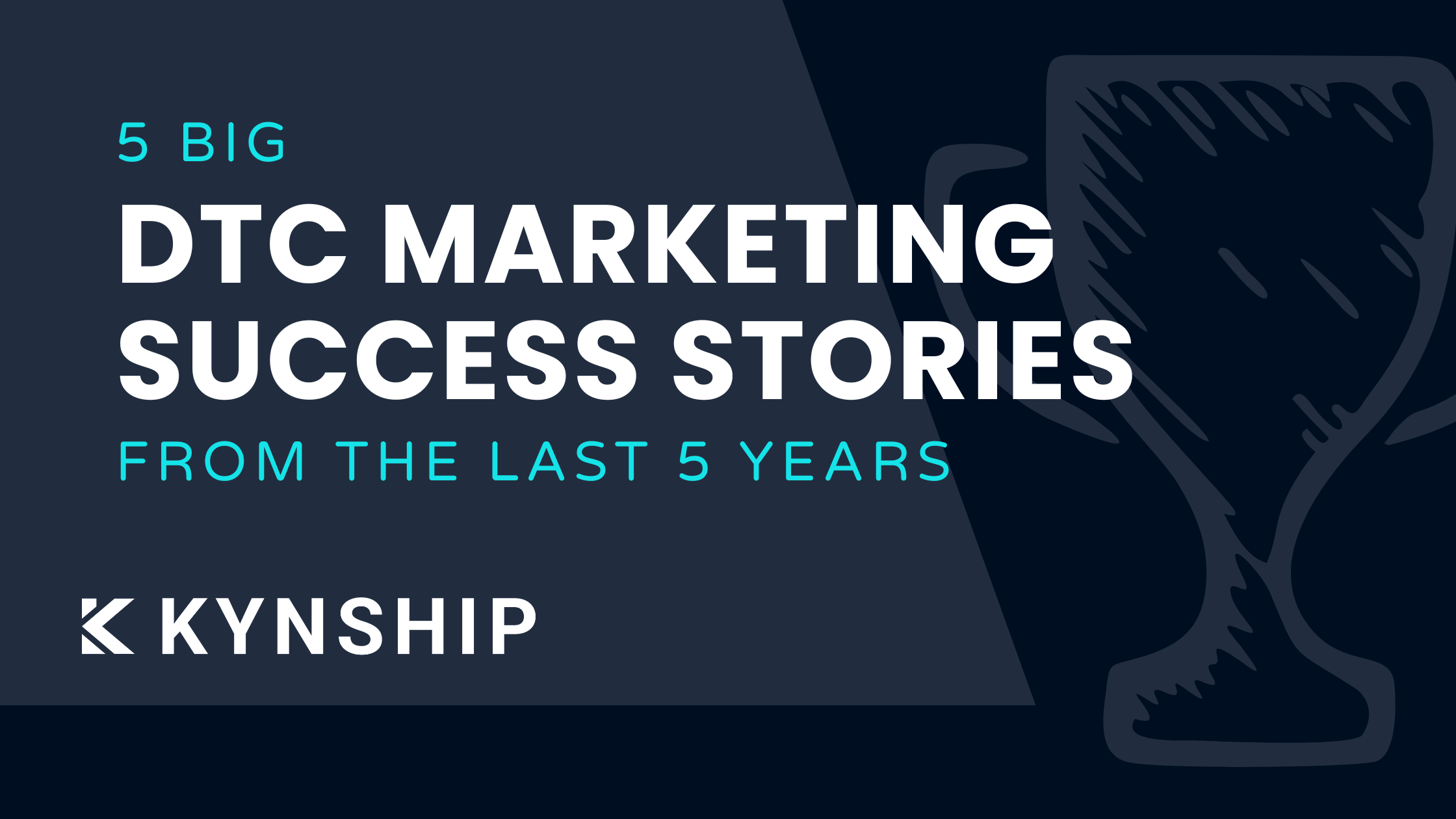Connecting with Micro-Influencers: Why Brands are Turning to Authentic Advocates
.png)
I’ve got a scenario for you.
Celebrity Selena Gomez (over 330 million IG followers) promoting a beauty product versus Brandi Pope, a beauty micro-influencer with 44 thousand followers.
Who’s gonna win?
If you ask me, I’m betting on the micro-influencer (sorry Selena, I still 💛 u).
Here’s the thing: Influencer marketing is no longer about what celebrities use. It has been proven consumers trust influencers over celebrities.
The reason? Influencers are more relatable.
This is your cue to start shedding vanity metrics. Instead, look for influencers with a greater impact — regardless of their follower count.
Enter: Micro-influencers.
What is a Micro-Influencer?
The question is rather: Who are micro-influencers? Micro-influencers are creators who have a following of anywhere between 5,000 to 100,000.
But it’s far more nuanced than just the number of followers.
Micro-influencers are influencers who are experts in their field with a niche and engaged following. They are your regular Joes in the sense that they aren’t extremely ‘popular’ like the Kardashians — but they have built a tight-knit community around their passions.
Take fitness micro-influencer Elyse Miller. She looks like your neighbor or former classmate (relatable) who has created an engaged community around her expertise in all things fitness (niche).

If you want to evaluate if an influencer is a micro-influencer, ask:
- Do their followers trust their product endorsements?
- Do social media users find their opinions valuable?
- Are they the go-to person in their community for their area of expertise?
The low-follower count is only the tip of the iceberg. Someone like Rand Fishkin may have a following of 460,000 people, but he’s still a trusted and influential leader in marketing. So if he endorses a product, people will buy it simply because, “Fishkin said so, and he knows best.”
Micro-Influencers vs. Macro-Influencers (And Why Micro-Influencers Are Better)
How do micro-influencers differ from macro-influencers?
1. Smaller Following vs. Large Following
Micro-Influencers: With follower counts generally between 5,000 and 100,000, micro-influencers often foster a more intimate connection with their audience. This smaller following tends to be more engaged and responsive, enabling higher interaction rates and a closer connection to a specific community or interest group.
Macro-Influencers: Typically boasting hundreds of thousands or even millions of followers, macro-influencers can reach a broad audience. However, this vast reach may dilute the connection, leading to less personal interaction and potentially lower engagement rates. For brands targeting a broad market, this might be suitable, but it can miss the mark when a more tailored approach is required.
2. Niche Audience vs. Broad Audience
Micro-Influencers: A micro-influencer’s following is focused, attracting followers interested in their particular niche. Whether it's fitness, cooking, or sustainable living, their content is tailored and relevant, providing value to a concentrated audience.
Macro-Influencers: With diverse interests and a wide array of content, macro-influencers often appeal to a broader audience. While this can mean extensive reach, it may result in a lack of specific expertise, making them less attractive for brands seeking influencers who embody their particular product or service.
3. Cost-effective vs. Heavy on the Pocket
Micro-Influencers: Generally more budget-friendly, micro-influencers often prioritize partnerships that align with their values over financial gain. Their smaller following means lower costs, enabling smaller businesses to engage in influencer marketing without breaking the bank.
Macro-Influencers: With their large following, macro-influencers often command hefty fees, which might include not only posting fees but also production costs. While their reach can justify the cost for some brands, others might find this option financially prohibitive.
4. Authenticity vs. Skepticism
Micro-Influencers: Often seen as “real” people with genuine interests, micro-influencers tend to be viewed as more credible and authentic by their followers. Their endorsements often feel organic and aligned with their personal brand, building trust and credibility.
Macro-Influencers: As macro-influencers frequently participate in sponsored posts fairly often, their followers might become more skeptical of their endorsements. This skepticism can reduce the effectiveness of a campaign, especially if it appears overly commercial or disconnected from the influencer's typical content.
Why Are Micro-Influencers Critical for Your Influencer Marketing Efforts?
Why should you choose micro-influencers among the various types of influencers like macro-influencers, mega-influencers, or celebrity influencers? Even if you have the cash to spend on more prominent content creators?
Isn’t bigger, better? No. Here’s why:
- Micro-influencers boast a high engagement rate of 3.86% on their influencer content, while mega-influencers see only 1.21%.

- Micro-influencers are more cost-effective than macro and mega influencers. They charge USD $354 for a post and $555 for a video (on average). Even if you have the cash, it’s more profitable to partner with five micro-influencers than one macro-influencer.

- Micro-influencers work in niche markets and have greater access and influence over their audience. 72% of respondents in a survey said they prefer micro-level social media influencers over influencers with large followings.
- Because of their connection with their audience, micro-influencers have 22.2 times more “buying conversations” each week than other types of influencers.
It’s no wonder why 90% of marketers in a survey by Linqia said they aim to work with more micro-influencers.

Enough data chat — let’s see what excellent micro-influencer marketing looks like in action.
Examples of Micro-Influencer Marketing Done Right
At Kynship, we’re huge fans of two things: product seeding and micro-influencers—they're the foundational pieces of a successful influencer marketing strategy. We look for influencers who have an engagement rate above 1% and in our research, here are three micro-influencers that stand out to us:
#1: Brandi Pope and Kaja Beauty
Beauty influencer Brandi Pope received an influencer gift from Kaja Beauty and reviewed their makeup products on her feed.
Why this micro-influencer marketing campaign works:
- Brandi isn’t just telling you how the products are — she’s trying them on camera and showing you how it looks. It adds more authenticity to her review and makes the audience feel like they’re along for the ride.
- Since Brandi’s expertise resides in all things beauty, her followers are more likely to trust her review — boosting conversion rates. She also engages with her community by replying to comments — which increases the likelihood of her followers trusting her even more. You can already see comments like “so great for travel!” or “want to try!” popping up.
- Brandi specifies what she likes about the product as she tests them — “love the heart-shaped sponge” or “it blends so well,” making her review more detailed and reliable for consumers.
#2: Jessica Cherry and Nakanko Knives
Lifestyle influencer Jessica Cherry partnered with Nakanko Knives for a sponsored post around Mother’s Day.
Why this micro-influencer marketing campaign works:
- Jessica is a mother herself — meaning the relatability factor is top-notch. She perfectly tied the theme to being a mother and having a ‘favorite’ knife in the kitchen.
- Jessica gives three examples of ‘features that won her over’ with detailed product descriptions, how they stand out from the competition, and resolving common customer concerns. She responds to each comment from her audience — asking a follow-up question or sharing a compliment to keep people engaged.
- There’s a special discount code available for all of Jessica’s followers — giving a sense of exclusivity and pushing her followers to act fast.
#3: Tina Meeks and Quarto Knows
Mom influencer Tina Meeks collaborated with Quarto Knows for an Instagram post during Women’s History Month.
Why this micro-influencer marketing campaign works:
- It’s a perfect collaboration between mom and daughter, given the occasion. Tina ties Women’s History Month perfectly to the book they are reading as the Quarto Kids Partner.
- The product description of why the book perfectly fits her audience’s children is captivating. Not to mention: Tina weaves the product’s guidelines (“for ages 0-7”) seamlessly with her praise.
- The product is a perfect fit for her audience — you can see the comment section swamped with phrases like, “going to grab this for my daughter” or “love this collection, will definitely buy.”
Convinced micro-influencer marketing works but scratching your head on where to find them? We got you.
How to Find Social Media Micro-Influencers?
Here are some tips and tricks for finding influencers:
#1: The Down Arrow
What if I told you that you never have to leave the Instagram app to find social media influencers?
Meet: The Down Arrow.
Let’s say you love the micro-influencer Molly T. (good choice!) and want to look for the same kind of influencers. Just click the down arrow at the right of the follow button, and you’ll see a long list of similar accounts.
Not every social media platform has the down arrow option, but most influencers today are on multiple social channels. So, if you find a TikTok influencer and want to hunt for similar content creators, go to their Instagram and click the down arrow.

Smart, right?
#2: Ask Your Best Customers
The first place you should search for gold is your own backyard.
Ask your customers which micro-influencers they follow and listen to. Maybe one of your customers has a decent following and can act as a mini brand ambassador for your company.
Word-of-mouth is still one of the best ways to get micro-influencer referrals.
Bonus: Sift through your blog comments, social media reactions, and mentions. Sometimes, some of these people might be micro-influencers. For example, see how fitness influencer Carmen Giumarello gave a shout-out to Metabolic Meals.

He has over 11K Instagram followers and an engaged audience that trusts his opinions on fitness. Definitely a micro-influencer spotted in plain sight.
#3: Use Hashtags
Hashtags are another method you can use from the social media channel itself. For example, if you’re a makeup brand looking for micro-influencers, you’ll find plenty of micro-influencers with the hashtag #MakeupTutorials.

Reach out to the ones you want to collaborate with by using a solid outreach strategy and get cracking on the partnership.
#4: Look at the ‘Following’ List of Your Favorite Micro-Influencer
Have a micro-influencer you love? Find another peer micro-influencer in their “following” list who creates the same kind of content.
For example, we love Brandi Pope and found many amazing beauty micro-influencers like Keisha Tahirih and Nicole Cutler by going through her ‘following’ list.

#5: Hire Kynship
Hiring the perfect micro-influencer(s) is only part of the puzzle. The next piece — reaching out to influencers, managing influencer relationships, deciding influencer rates, and measuring ROI — is equally (if not more) daunting. Yeah, we have guides on all of those too.
The solution? Work with us to take that weight off your shoulders and into the hands of experts who’ve been doing this for years. Book a call to see how we can help!
And the Winner Is ...
Oh, and in case you were wondering ... the scenario I laid out for you at the very beginning? Influencer Marketing Hub's nifty comparison tool helped us draw an even more convincing conclusion.
Micro-influencers for the win.



5 DTC Marketing Success Stories From The Last 5 Years
Five real DTC marketing success stories from the last five years, breaking down how brands scaled despite rising CAC, creative fatigue, and tougher competition, plus key lessons you can apply today.

The New Ecommerce Growth Playbook For 2026
These are the ecommerce growth marketing strategies we are using right now to successfully scale DTC brands from $2M to $50M.
Bi-weekly tips to reduce your CAC
Join thousands of DTC operators and subscribe to Cut the CAC for insights from the Bottom Line Podcast and Kynship's growth strategies.


.avif)
.avif)
.avif)



